- Details
- Hits: 5119
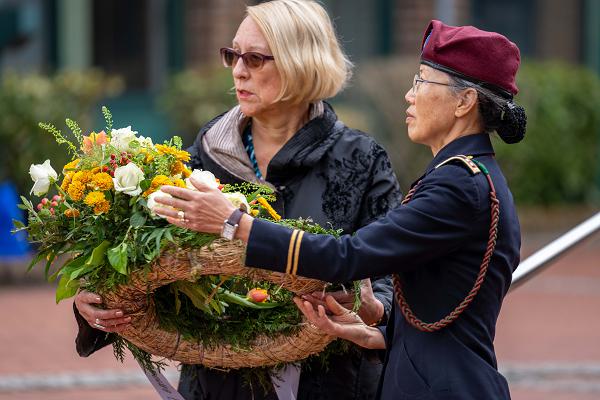
Hamminkeln, Germany. (March 31, 2025): When Americans are asked what was the biggest airborne operation in World War II they are likely to cite Market Garden, the ill-fated invasion of Holland. But it wasn’t the biggest. In the above photo, Army Captain Monika Stoy presents a wreath marking the 80th anniversary of Operation Varsity, the largest single-day airborne drop of the war.
The date was March 24, 1945, and the allies had reached the Rhine river, Germany’s last natural barrier to an allied invasion. Breaching the Rhine would allow the Allies to access to Northern Germany and ultimately Berlin. Led by British General Bernard Montgomery, allied forces mobilized 16,000 troops and thousands of aircraft in the final major airborne assault of the war.
Read more: OPERATION VARSITY… THE LARGEST AIRBORNE OPERATION IN WWII
- Details
- Hits: 3309
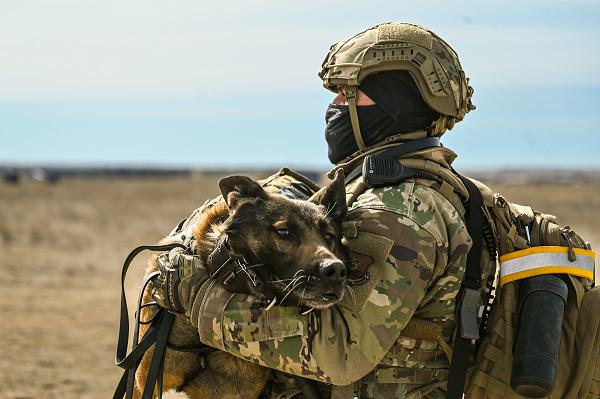
F.E. Warren Air Force Base, Wyoming. (April 5, 2025): This sprawling base is home to the Air Force’s 90th Security Forces Squadron which is responsible for training K-9s to become a warfighters best friend. In this photo by Airman 1st Class Mattison Cole, Senior Airman Dariel Gonzalez Ramos, a military working dog handler, carries his partner Rex after being fired upon by opposing forces during substance detection training.
Detection training for Military Working Dogs (MWDs) and their handlers is focused on nuclear security, explosives, drugs, and identifying human remains. K-9’s are conditioned by their handlers to associate specific scents with rewards, starting with controlled environments and gradually introducing real-world scenarios.
- Details
- Hits: 3323
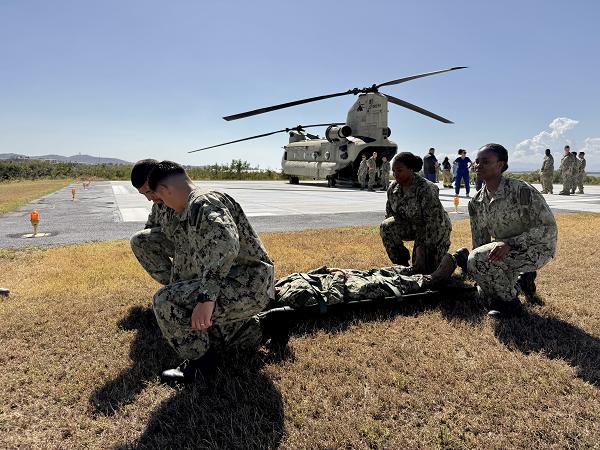
Guantanamo Bay, Cuba. (April 3, 2025): Known for incarcerating the worst of the 911 defendants, “Gitmo” is also home to the Navy’s Medicine Readiness and Training Command. In this photo by Emily McCamy, Hospitalman Alex Hall, Hospitalman Jacob Riveracalvo, Hospital Corpsman 3rd Class Keyanna Glenn, and Hospitalman Ashley Mucheru practice litter-bearing during casualty evacuation training. The Navy hospital provides healthcare to the Gitmo community which includes approximately 5,000 military personnel, federal employees, contractors, and their families.
America’s presence on this Communist island dates to 1903 where it served as a coaling station to supply warships, making it the oldest overseas U.S. naval base. The lease agreement, which has no fixed expiration date, has consistently been protested by the Cuban government which objects to the presence of U.S. forces on Cuban soil.
- Details
- Hits: 2700

Bellows Air Force Station, Hawaii. (March 24, 2025): The goal is to make America’s most lethal infantry even more deadly. In this photo by Corporal Matthew Benfield, Marine students with the School of Infantry-West, Advanced Infantry Training Battalion, carry out close quarters combat operations during the Advanced Infantry Marine Course (AIMC). This demanding program is designed to certify Marines as squad leaders, the first rung of the Corp’s leadership ladder.
This seven-week course is a crucial step in the career progression of combat Marines. The AIMC covers a wide range of fighting skills including calling for fire support, patrolling, and how to operate in both urban and jungle environments. Marines are also taught critical casualty care and advanced life saving techniques to treat combat injuries.
- Details
- Hits: 2833
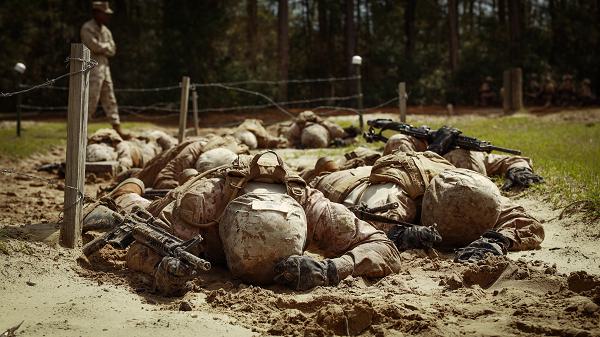
Parris Island, South Carolina. (March 30, 2025): In this photo by Lance Corporal Jacob Claudell, recruits with Kilo Company, 3rd Recruit Training Battalion execute the Battle of Fallujah event during the “Crucible”, the grueling final test before becoming U.S. Marines.
Fallujah, Iraq was the scene of a pair of major engagements in which Marines and Army troops squared off against Iraqi resistance fighters and Muslim volunteers. An estimated 12,000 coalition assault troops, including six U.S. Marine and Army regiments, engaged in brutal house-to-house fighting in the densely populated city. The urban combat that followed was fierce with snipers firing from rubble strewn positions while erecting deadly booby traps as they withdrew.
- Details
- Hits: 1903
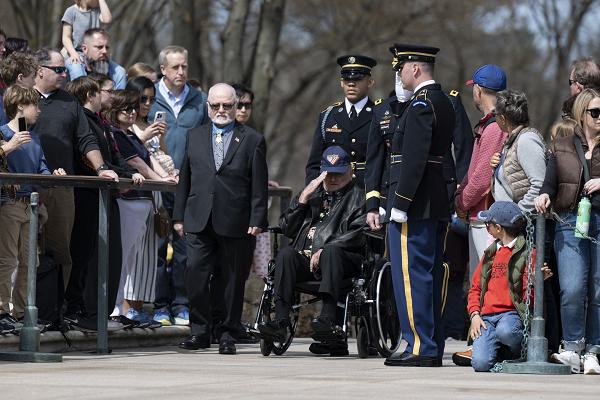
Arlington National Cemetery, Virginia. (March 25, 2025): Our nation honors veterans of the Vietnam War this week to recognize their service our nation. In this photo by the Army’s Elizabeth Fraser, Medal of Honor recipients former Army Private First Class Kenneth David, left, and former Marine Corps Staff Sergeant Allan Kellogg Jr. take part in a wreath-laying ceremony in commemoration of National Medal of Honor Day at the Tomb of the Unknown Soldier.
A generation of Americans served in various capacities during the official Vietnam era from August 5, 1964, to May 7, 1975. In all, 58,148 were killed and 75,000 severely disabled with 240 troops being awarded the Medal of Honor. Two of these recipients came to Arlington to remember their fallen comrades.


